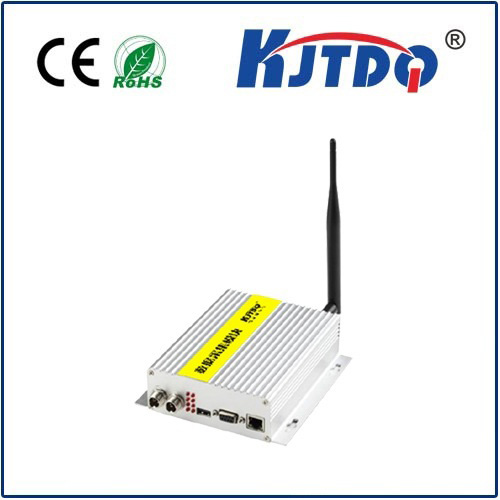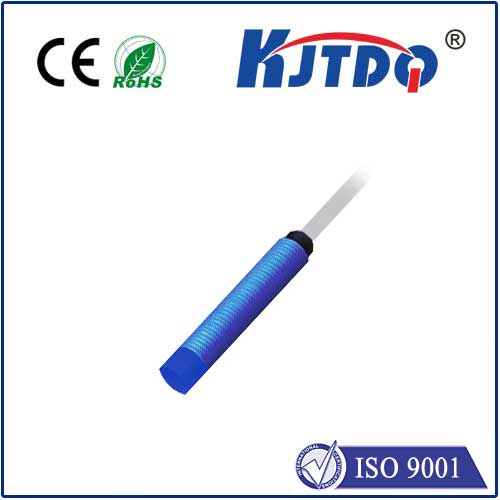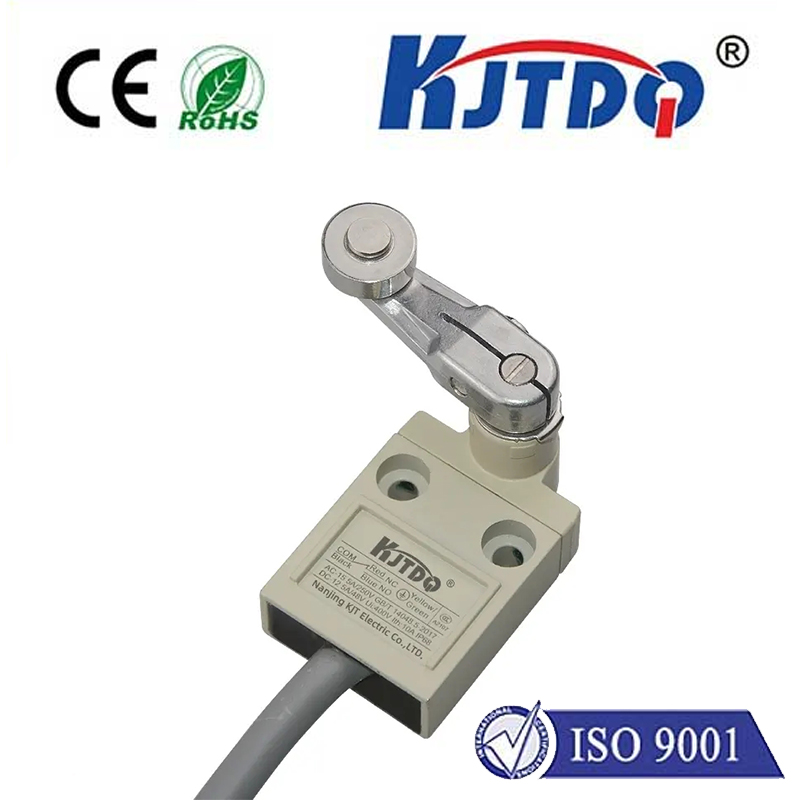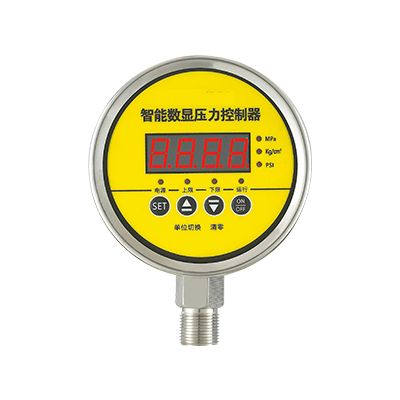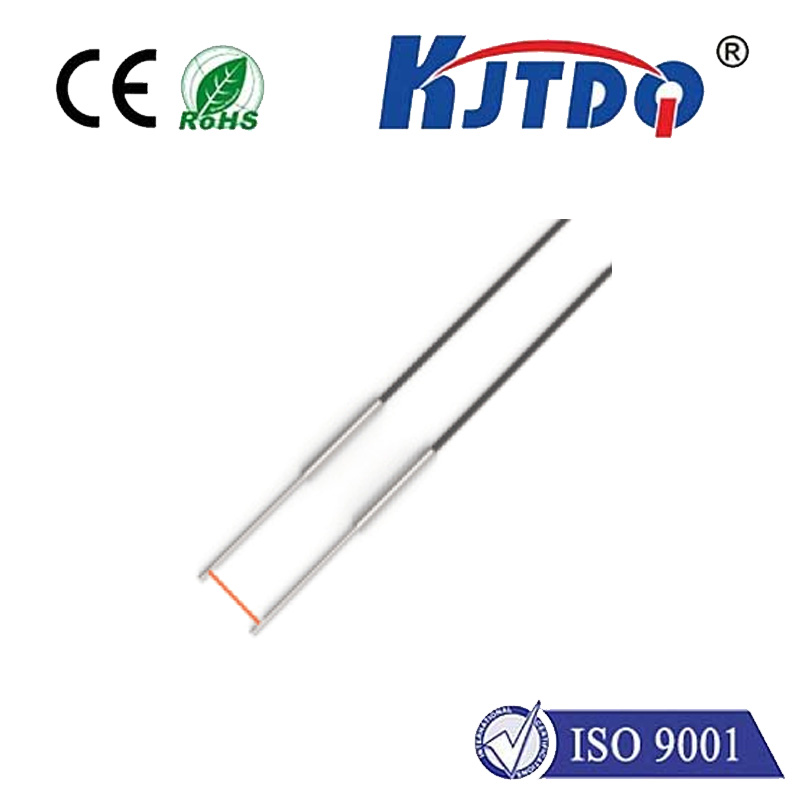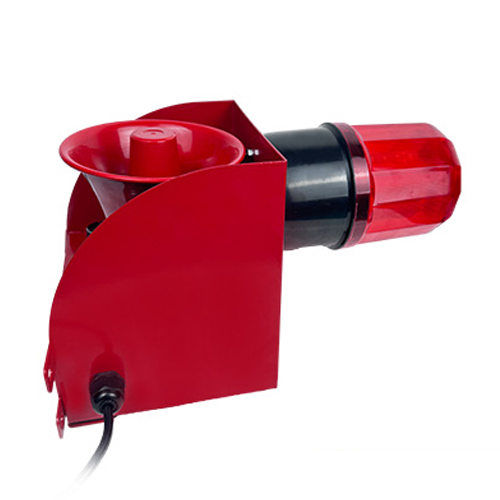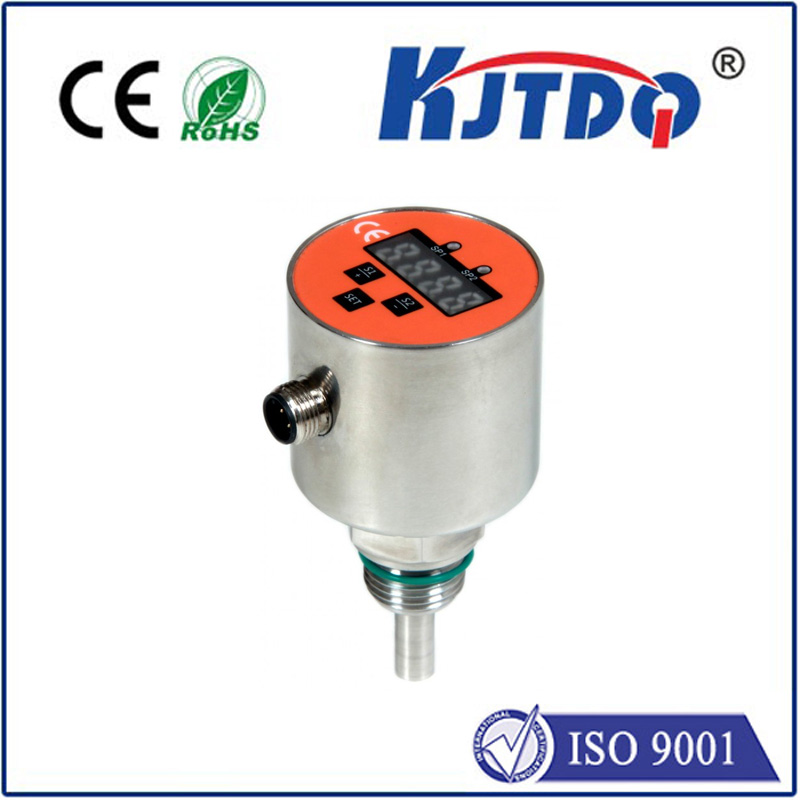

check

check

check

check
Think about the last time your car warned you about low tire pressure, or consider the complex dance of hydraulics lifting heavy machinery. Behind these critical functions lies an unsung hero: the pressure sensor. Specifically engineered devices like the PN2092 pressure sensor play a fundamental role in translating the invisible force of fluids or gases into precise electrical signals that modern systems rely on. This component is far more than just a part number; it represents a vital link in ensuring safety, efficiency, and control across numerous demanding industrial and automotive landscapes. Understanding its capabilities and applications reveals why selecting the right sensor, such as the PN2092, is pivotal for optimal performance.
The PN2092 is fundamentally a transducer designed to detect fluid pressure – encompassing liquids like oil or hydraulic fluid, and gases like air or refrigerant – and convert this mechanical force into a standardized electrical output signal. Typically, this output is either an analog voltage (e.g., 0-5V) or a current signal (e.g., 4-20mA), providing a proportional representation of the measured pressure. This seamless conversion allows digital control systems and monitoring units to interpret and act upon pressure data in real-time. Its design focuses on delivering high accuracy, robustness, and reliability within defined operational ranges, making it suitable for integration into sophisticated environments where failure is not an option.
Automotive Applications: Safety and Performance on the Move
The automotive sector demands exceptional reliability from its components, and the PN2092 pressure sensor rises to this challenge. One of its most familiar roles is within Tire Pressure Monitoring Systems (TPMS). Here, it constantly measures the air pressure inside tires, feeding this critical information to the vehicle’s onboard computer. This real-time monitoring directly enhances vehicle safety by alerting drivers to under-inflation, preventing blowouts and improving handling. Beyond TPMS, the PN2092 finds application in monitoring critical engine functions like oil pressure, safeguarding against catastrophic engine wear or seizure by providing immediate warnings if pressure drops. It may also be employed in systems monitoring fuel rail pressure for optimal combustion efficiency and emissions control, or tracking brake fluid pressure within advanced braking systems like ABS or ESC, contributing significantly to overall vehicular safety and reliability.

Industrial Applications: Powering Control and Efficiency
The industrial realm presents a diverse array of challenges where precise pressure measurement is paramount. The PN2092 pressure sensor is a valuable asset in this space. Within hydraulic systems powering heavy machinery, presses, or lifts, accurate pressure monitoring is essential for smooth operation and safety. The PN2092 provides the feedback needed to regulate pumps, control actuators, and prevent dangerous over-pressure situations. Similarly, in pneumatic systems used for automation, robotics, and tool actuation, it ensures compressed air circuits operate at the correct pressures, guaranteeing consistent force and movement. Beyond fluid power, the PN2092 can be crucial for monitoring refrigerant pressure in HVAC/R systems, optimizing cooling cycles for energy efficiency, or ensuring process control within manufacturing lines where maintaining specific pressure conditions is vital for product quality and system integrity, directly impacting operational efficiency.
Key Attributes Driving Performance: Robustness and Precision
What makes the PN2092 suitable for these demanding environments? Its effectiveness stems from several core design principles and key technical characteristics:
Selecting the PN2092: Key Considerations
Integrating a PN2092 pressure sensor effectively requires careful matching of its specifications to the application’s demands. Several critical factors demand attention:
As a highly specialized component, the PN2092 pressure sensor exemplifies the critical role precise measurement plays in modern technology. Its robust design, proven accuracy, and reliability under demanding conditions make it an indispensable tool within vital automotive safety systems like TPMS and critical engine monitoring, as well as sophisticated industrial applications spanning hydraulics, pneumatics, and process control. By effectively translating fluid force into actionable data, this sensor ensures performance optimization, safeguards expensive machinery, and enhances overall system safety across countless operations. When reliability and precision under pressure are non-negotiable, the capabilities inherent in the PN2092 become essential.
